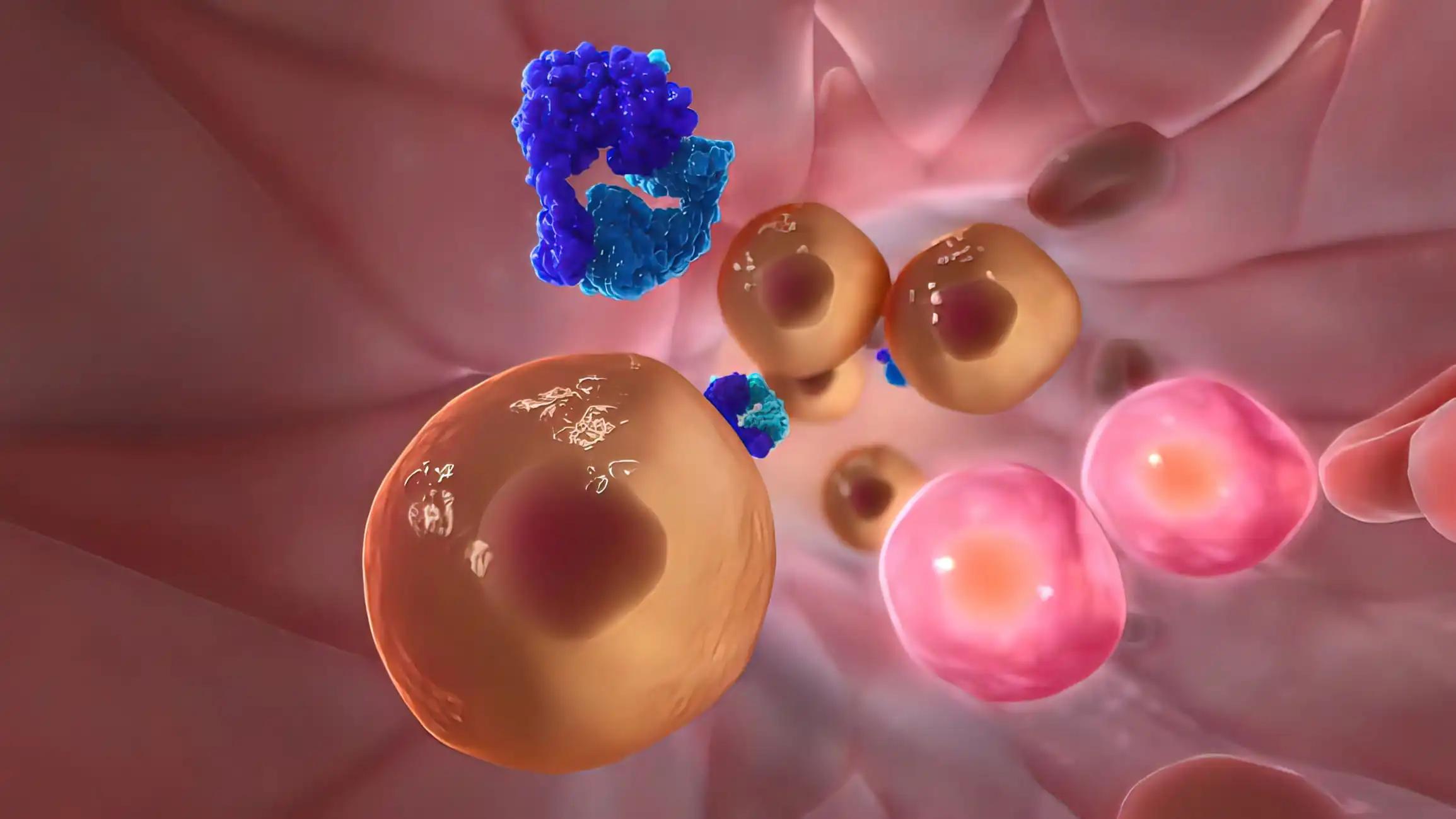KEY TAKEAWAYS
- The phase 3 trial aimed to investigate the long-term efficacy of sRT with and without AAT in men with PC recurrence post-RP patients.
- The primary endpoint was to determine OS.
- Researchers observed that the 24-month AAT regimen during and after sRT significantly enhanced long-term OS and decreased metastatic PC incidence and PC death for RT+AAT.
Salvage prostate bed radiation therapy (sRT) is employed in men experiencing prostate cancer (PC) recurrence post-radical prostatectomy (RP), indicated by persistent or delayed PSA elevation.
Himu Lukka, and the team aimed to report the highlighted improved cancer control and overall survival (OS) with the addition of anti-androgens (AAT) to radiation therapy (RT). This study presents long-term follow-up (FU) results.
Researchers performed an inclusive analysis involving 760 eligible RP patients from 1998 to 2003. Patients with Stage pT3N0 or pT2N0 with positive margins and PSA ranging from 0.2 to 4.0 ng/mL were randomly assigned to a double-blinded, placebo-controlled trial. The trial compared the outcomes of RT + placebo versus RT + AAT (24 months of bicalutamide, 150mg daily) during and after RT (64.8 Gy in 36 fractions to the prostate bed).
The primary endpoint, OS, was estimated using the Kaplan-Meier method. Time to PC death and metastatic PC (considering the competing risk of death without an event) was estimated using cumulative incidence. Hazard ratios (HRs) were obtained using Cox models for OS, and subdistribution HRs (sHRs) were determined using the Fine-Gray model for time to PC death and metastatic PC. All tests were one-sided based on the study design.
The median FU for surviving patients reached 19 years. The OS at 18 years was 53% [95% confidence interval (CI): 47-58%] for the RT + AAT group and 43% [95% CI: 38-48%] for the RT + placebo group. The adjusted HR was 0.82 [95% CI: 0.67-1.00], with a P-value of 0.025.
At the 18-year mark, the incidence of centrally reviewed PC deaths was 18% [95% CI: 14-22%] for the RT + AAT group and 28% [95% CI: 23-32%] for the RT + placebo group. The adjusted sHR was 0.57 [95% CI: 0.42-0.78], P<0.001).
Regarding the 18-year incidence of metastatic PC, it stood at 22% [95% CI: 18-26%] for the AAT arm and 31% [95% CI: 26-35%] for the placebo arm. The adjusted sHR was 0.59 [95% CI: 0.44-0.80, P<0.001].
The study concluded that the long-term results of a 24-month duration of AAT during and after sRT align with the primary report. This regimen significantly improves long-term OS while reducing the incidence of metastatic PC and PC-related deaths in patients receiving RT+AAT. Notably, the study identified statistically significant metastatic PC risks for patients with Gleason scores 8-10, study entry PSA>1.5, and margin-positive status, with borderline significance for those with study entry PSA 0.7-1.5.
The study is sponsored by Radiation Therapy Oncology Group
Source: https://meetings.asco.org/abstracts-presentations/230314
Clinical Trial: https://clinicaltrials.gov/study/NCT00002874
Lukka H, Pugh S L, Shipley W U, et. al(2024). “Long-term results of radiation with or without anti-androgens (AAT) in patients receiving salvage prostate bed radiation therapy (sRT) post prostatectomy.” Present at ASCO- GU 2024 (Abstract 320).



